That Mountain of Catalogs

This is the time of year that if you have been gardening for long you get a deluge of seed and plant catalogs in the mail. Although it can be really fun to look through them and read all the glowing descriptions it can also be overwhelming to figure out what to order. So today we thought we would let you all know what we look for, and watch out for when looking for seeds and plants and reading through descriptions. We will also cover some of our favorite places to get seeds and plants.
Location, Location Location
First one of the most important things to know when you are reading a description is location, location, location. Geography is critical. You really want to know where the company is who is writing the descriptions you are reading. For example, if you always have problems with mildew on your cucumbers and you are looking through a seed catalog and you find a cucumber that says something like, “we have never had mildew issues with this variety,” you might get very excited. The critical thing to know when reading that description though is where was that seed company growing that cucumber? If it’s growing somewhere really hot and humid like the southeastern U.S. that’s probably a cucumber that would do really well here because that region has very hot and humid conditions that encourage mildew issues, just like we have. However, if that seed company is located somewhere with very low humidity where fungal diseases aren’t as big of an issue that description is much less impressive and you still might have fungal issues. In the same vein, we can’t tell you the number of times we have read seed catalogs claiming things like, “super cold hardy” from seed companies in coastal Oregon, or “very tolerant of even our hottest days” from seed companies in Vermont or Maine. Although that can be good data, cold in Oregon and hot in Maine don’t approach the heat or cold that we have. So make sure you know the context of the claims made by companies because the St. Louis region is one of extremes.
Knowing where the seed and plant companies are located can then help you figure out the problems you have. For example, if you are looking for a tomato that is more tolerant of high heat then you can save yourself a bunch of time and just look through the catalogs of seed companies in hot places. Those are the ones who really know what they are talking about.
Another helpful thing to know when looking at plants is that you can look for varieties, or cultivars in the case of fruit and nut trees that are from regions with similar climates. Generally speaking crops from northern Italy, southeastern Europe, and east Asia do great here. So even if the seed company is from somewhere that isn’t like St. Louis at all if the plants they are carrying are from a region that is, they are probably still worth trying.
What companies do we order from?
We order from a lot of different places. There is no one best place and no place has everything you will ever want. That being said, we do have some places that we always like to look at because they have a lot of things we like. So although this is not in any way an exhaustive list, below are some of our favorite places.
- Southern Exposure Seed Exchange – Virginia, great for summer crops
- Truelove Seeds – New York, their African Diaspora collection do great in our summers
- Native Seed Search – Arizona, great for heat tolerant crops
- Johnny’s Seed – Maine, very large diversity
- Kitizawa Seed Company – Utah, This brand is now a part of True Leaf Market. It specializes in east Asian crops and crop varieties.
- Baker Creek – Missouri, huge diversity
- Raintree Nursery – Washington, broad diversity of fruit and nut trees including a lot of hard to find species
- One Green World – Oregon, broad diversity of fruit and nut trees including a lot of hard to find species
- Burnt Ridge – Washington, broad diversity of fruit and nut trees including a lot of hard to find species
- Stark Brothers – Missouri, good diversity but has gotten expensive
- Ujamaa Seeds – Maryland, diverse collection of crops that tend to do well in our climate

